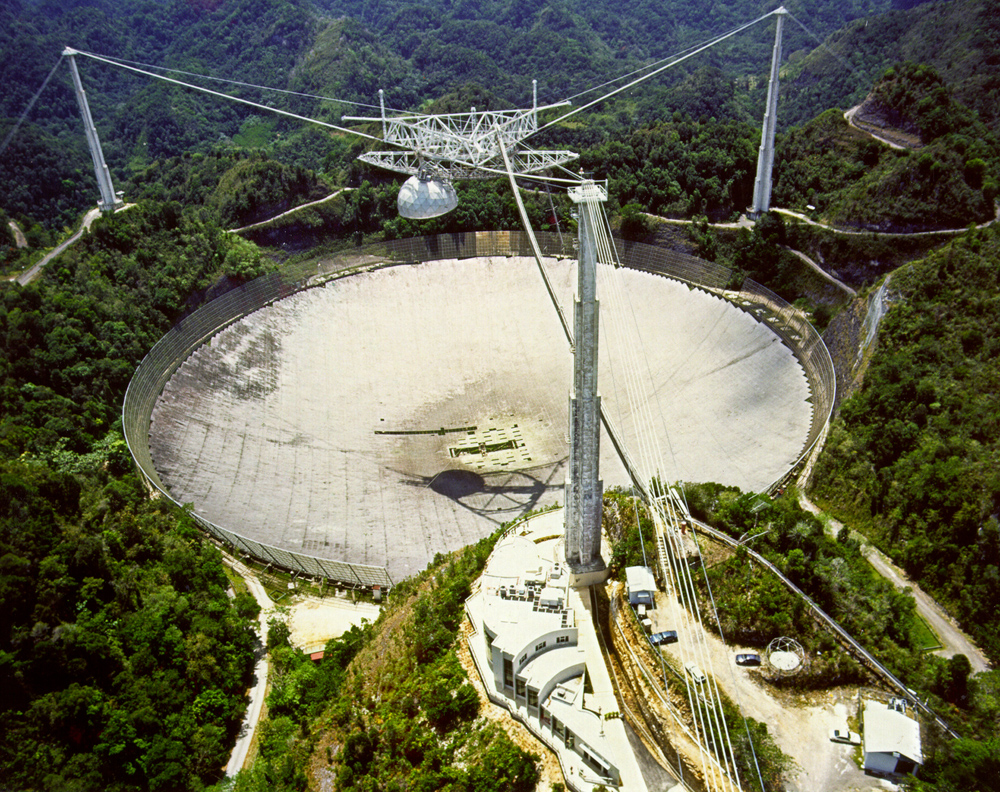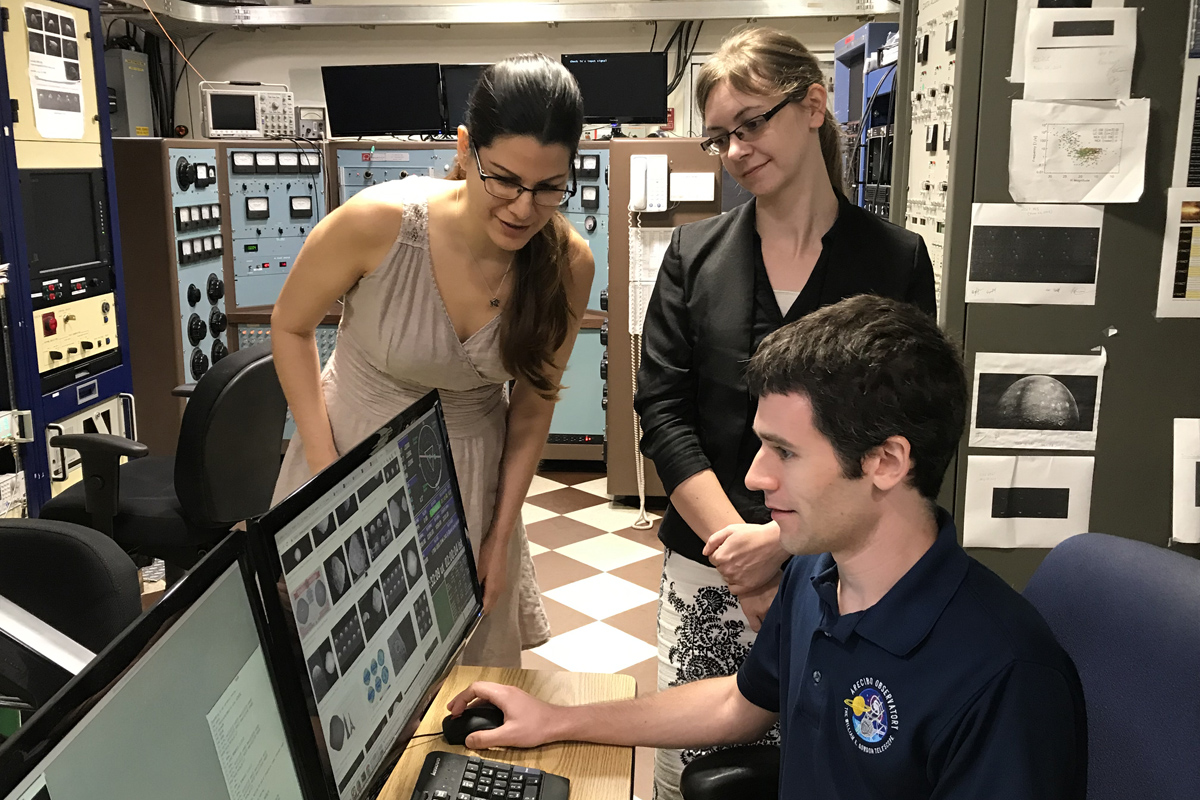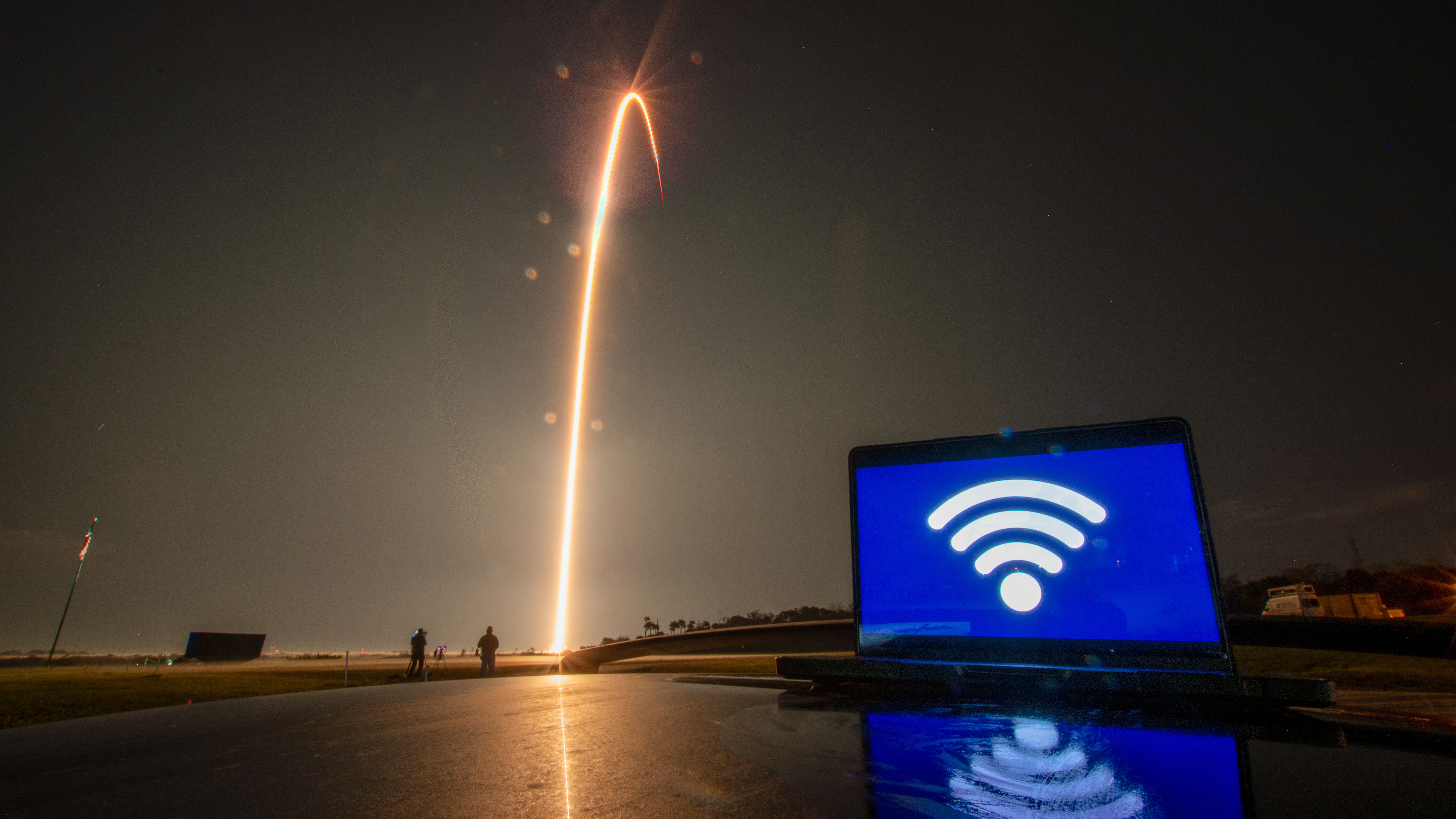Arecibo Observatory Lands $19 Million NASA Grant to Hunt Dangerous Asteroids

The iconic Arecibo Observatory in Puerto Rico has received new NASA funding to serve as one of Earth's asteroid guardians.
NASA awarded the University of Central Florida (UCF) — which oversees the Arecibo Observatory — a $19 million grant to observe and characterize near Earth objects that could pose a potential threat to the planet, or may be viable candidates for future space missions.
Asteroids that come within 5 million miles (8 million km) of Earth's orbit are deemed potentially hazardous by NASA, with the agency keeping track of them just in case one asteroid does pose a threat to Earth in the future. That's where the new grant comes in.
Related: Potentially Dangerous Asteroids (Images)
"Arecibo plays an important role in discovery and advancing our knowledge of our solar system and our universe," Francisco Cordova, observatory director, said in the statement. "We also play a critical role in helping to protect our planet through providing knowledge and unique expertise. It’s part of our mission and one of the reasons we are so passionate about our work."
UCF manages the Arecibo Observatory facility on behalf of the National Science Foundation.
Since the mid-1990's, the Arecibo radio telescope has been observing up to 120 objects a year. NASA uses that data in order to identify which asteroids or comets could pose a threat to Earth, and how to mitigate the potential risk. The data also helps NASA determine which asteroids could be fit for a space mission, how to land on an asteroid and potentially mine its raw material.
Get the Space.com Newsletter
Breaking space news, the latest updates on rocket launches, skywatching events and more!
In Photos: The Iconic Arecibo Observatory in Puerto Rico

"We can use our system to constrain the size, shape, mass, spin state, composition, binarity, trajectory, and gravitational and surface environments of NEOs and this will help NASA to determine potential targets for future missions," Anne Virkki, the Arecibo planetary radar program’s principal investigator, said in the statement.
The grant will also go towards supporting STEM education for high school students in Puerto Rico, providing classes for 30 students per semester on the science and research that goes on at the observatory.
- Near-Earth Asteroids: Famous Space Rock Flybys and Close Calls (Infographic)
- The Greatest Asteroid Encounters of All Time!
- The Hunt for Dangerous Asteroids: Here's How Scientists Do it
Follow Passant Rabie on Twitter @passantrabie. Follow us on Twitter @Spacedotcom and on Facebook.
Join our Space Forums to keep talking space on the latest missions, night sky and more! And if you have a news tip, correction or comment, let us know at: community@space.com.

Passant Rabie is an award-winning journalist from Cairo, Egypt. Rabie moved to New York to pursue a master's degree in science journalism at New York University. She developed a strong passion for all things space, and guiding readers through the mysteries of the local universe. Rabie covers ongoing missions to distant planets and beyond, and breaks down recent discoveries in the world of astrophysics and the latest in ongoing space news. Prior to moving to New York, she spent years writing for independent media outlets across the Middle East and aims to produce accurate coverage of science stories within a regional context.









